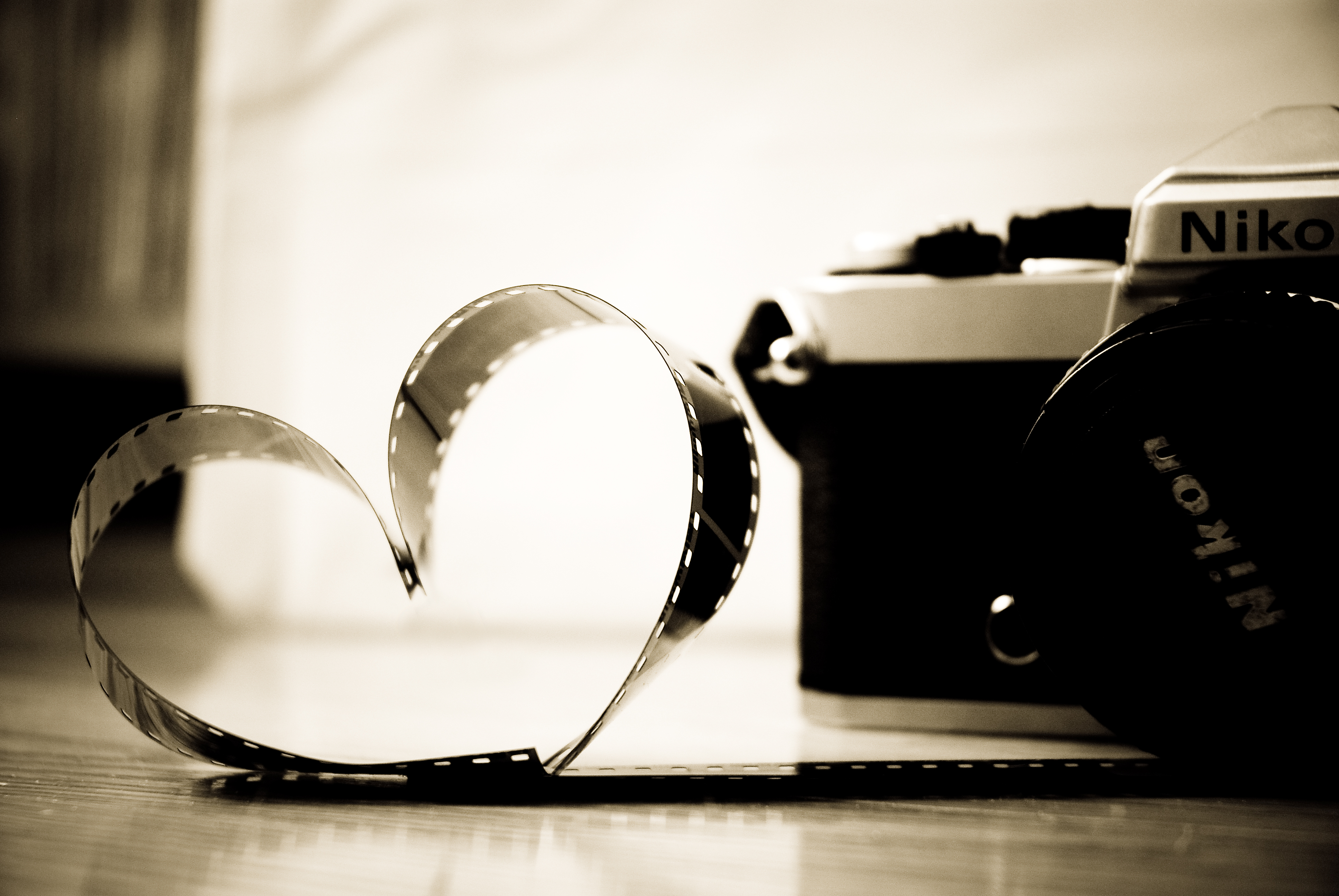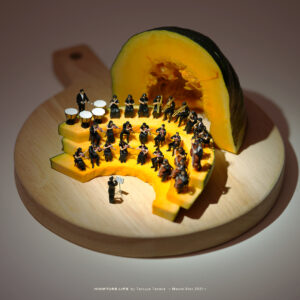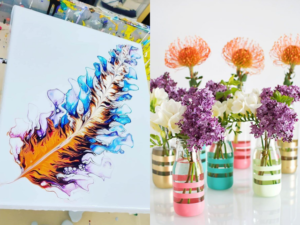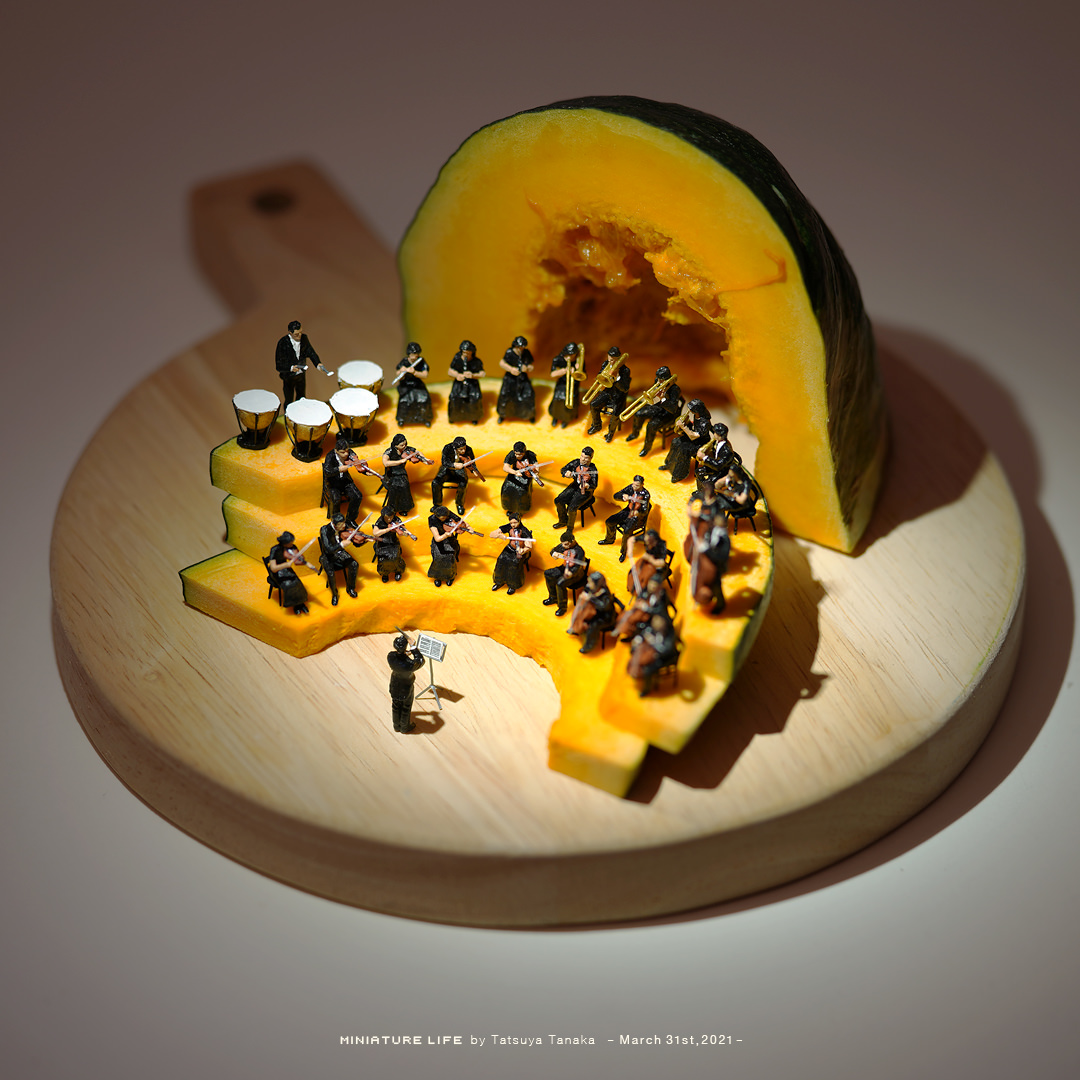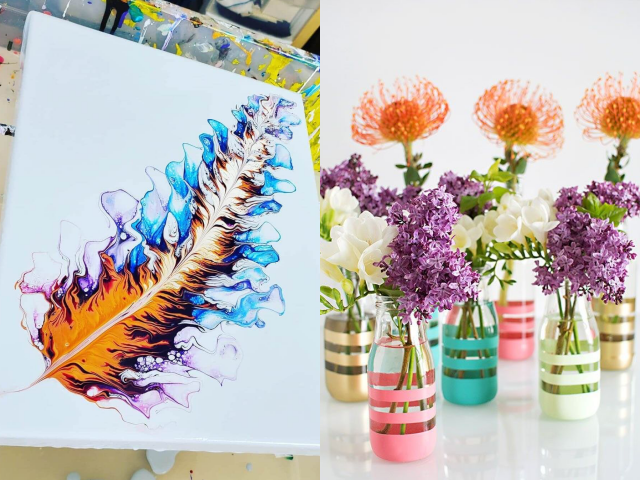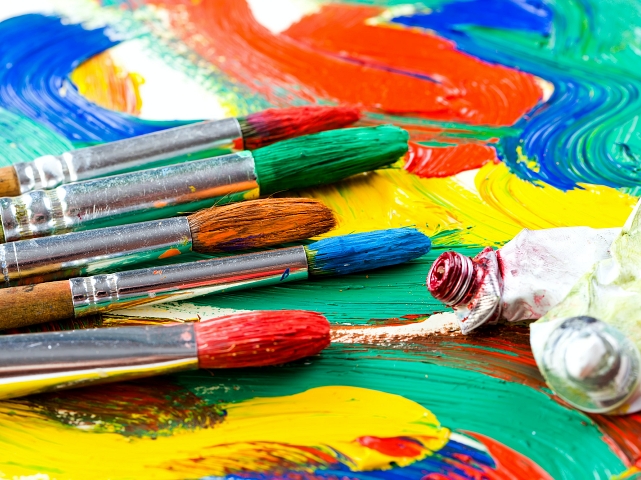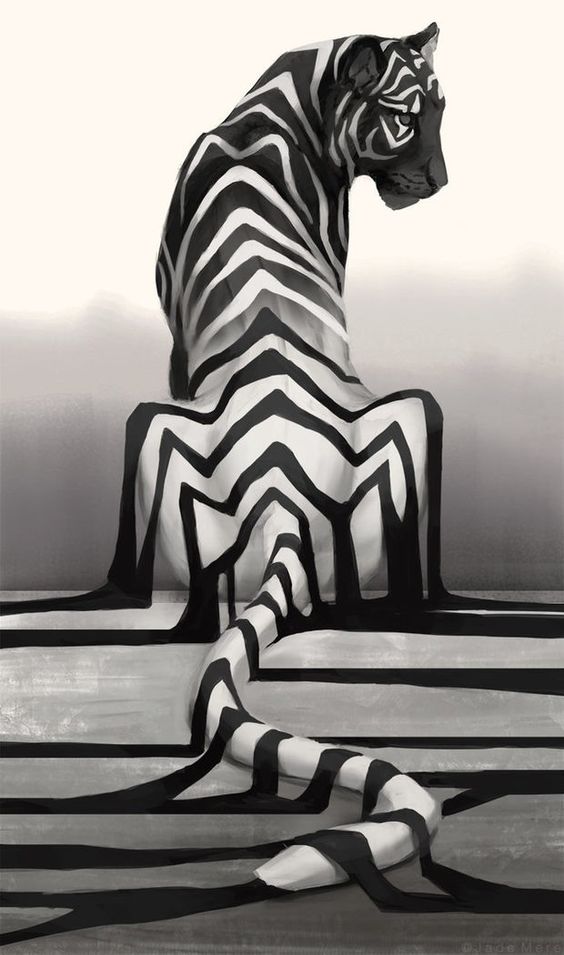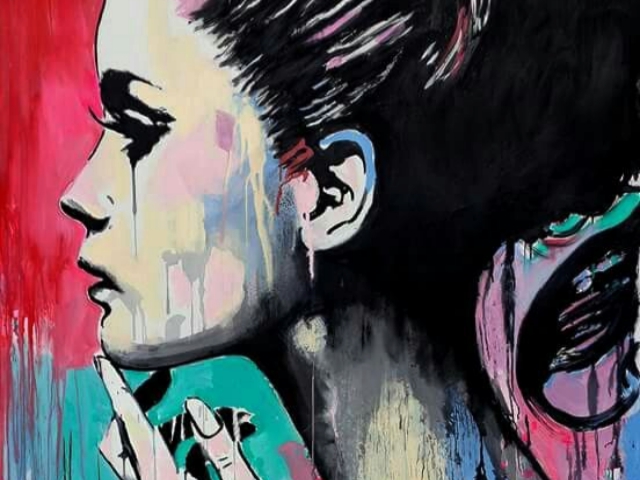Now that you have resolved that you are going to be part of the wonderful world of photography by taking great pictures, here is a guide to get you going. You have acquired a camera, decided upon what you what pictures you want to click and are all set to start, but you find that the results are not what you hoped they would be. We understand that you are a newcomer and newcomers do commit some errors. But expert or beginner, there are some errors that you must avoid as they are considered cardinal sins in this realm.
How do I get quality pictures?
It is actually easy; just avoid the things mentioned below. We can tell you that any of these errors by themselves may not be that big, but most of these will ensure that you do not achieve the quality that you should. Use the hints and avoid the pitfalls mentioned here and you will do very well on many aspects of photography like positioning, composition and myriad things that go into quality photography.
The wrong way to hold the camera: The fact that you are considering photography seriously and going through this article would indicate that you are considering upgrading to a SLR camera, which is a camera of preference with experts as well as beginners. It would mean that you have changed from using a digital version that could be delicately held in your hands. The first thing to learn is that you need to hold the SLR camera with one hand to hold it firmly. The other hand can operate the shutter controls. This will not only prevent blurring but also decrease the chance of mishaps. The first part is to learn the proper taking of the camera out of the box and handling it.
Distance is not always good: Earlier when you were using your old camera you did not bother with close ups and proper focusing. You just pointed and clicked away. Though you did get clear snaps, your pictures did not speak to you. This is because you held yourself back. So do not hold back, get closer to your topic of interest. This way you can study the nuances and feeling that you want your picture to depict. Snaps taken from your distance will be really bland and include things that you do not want in the picture.
Ignoring the light factor: Apart from totally focusing and getting close to the subject you want to capture, many of us overlook lighting. Too much light and the picture has lost its essence. Too less light and the picture looks dim and dull. Sometimes getting the light can be as easy and as basic as changing the angle or including a flash. In some cases you may need to bring in additional sources of lighting to get the right picture. Proper use of light in a picture is not something that you can learn as a mere beginner but it happens to be one of the relatively simple ones. The lighting will definitely impact the quality of your pictures.
Making your subject the center of the snap: When you used your simple old camera, you probably clicked away simply by placing the object or subject of your picture right in the middle. Ask them to grin and there you have it. But this technique can detract from the beauty of the subject when you are into serious photography. You need to try other angles for better output. This may seem easy enough but you need to consider the overall symmetry of the snap. You have to remember that centering may not even work when you are snapping away at picturesque scenery. You need to adopt the principle of thirds and attempt to keep the subject of your snap in the right or left one third of the structure when you are taking the picture. This will ensure good snaps.
Not keeping it neat and clean: Till date you have probably not focused on what is going beyond the actual subject or object that you are photographing. You have to understand that the objects in the surroundings of your picture are as vital to the final quality of the output. You are probably taking a view of two dimensions but that is not enough. You need to minimize the things that create clutter in a photo. Many things will take away from the beauty of your picture. It could be anything a structure, people or even objects. If it is not possible to clear things from the scene of the picture, you can try the shot from different angle or even change the height from which you are taking the picture.
Not utilizing the right equipment: When you are getting a new camera, you will be tempted to add every gizmo that you can get. This may not always be the right thing to do until you know what your photographing niche is. It can be foolhardy to use small lenses when you need larger ones or vice versa. Your aim is to get great quality pictures not the costliest ones.
Taking photos at crazy perspectives: You have the right equipment going and you want to show your skills on a social networking site. But a word of caution here; all those weird angles that are used by popular channels may not come out as well for you. You need to start with simple snaps with regular angles before you start experimenting with crazy angles, if at all.
Concentrating on the incorrect objects: As an amateur in this area, you need to learn how to focus. This also means learning not to focus on the wrong object or subject. This means the picture will depict something you never meant it to. Concentrate on a simple and photo-worthy subject with a simple angle. Catch the eye of the person who will be viewing the photo by creating an interesting and memorable snap. Make sure the photos are clear and have clean lines.
No manipulation with software: We all know that since computers have entered our lives, photography is no longer the same. Mediocre snaps are manipulated into looking completely different using Photoshop. No doubt Photoshop is a great tool that can be used to work on making the photo look better. But it is not for making shoddy or lazy work look better. Learn the art of using Photoshop to make a superb snap look better instead of trying to hide the flaws in poorly shot snaps. This is not what becoming an expert photographer is about.
Being impatient: Good photography is not about getting good snaps every few minutes. You need to have the patience and forbearance to wait around for hours on end so that you can snap the right picture. Learn to discipline yourself to wait for the perfect moment so that your picture looks as it should. Knowing and learning all the techniques of photography and possessing the best photography equipment are no substitute for patience. Timing, light and the right angle take time to get right and this means a lot of patience. Patience is that one quality that will distinguish you as a photographer who is great.
Feel free to share your insights and thoughts on this subject. Feedback is also appreciated along with any questions you may have on this subject.

